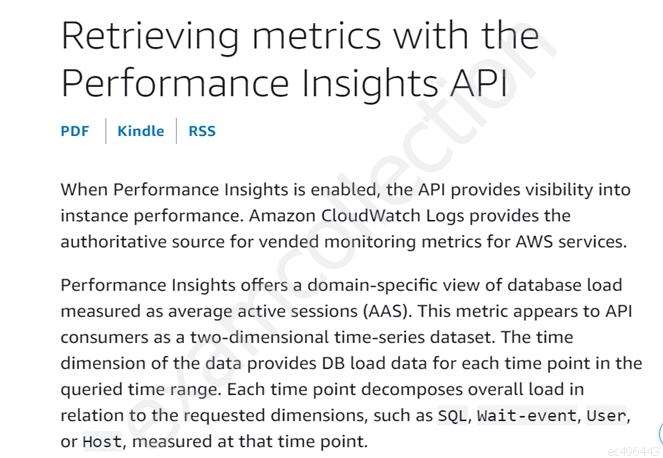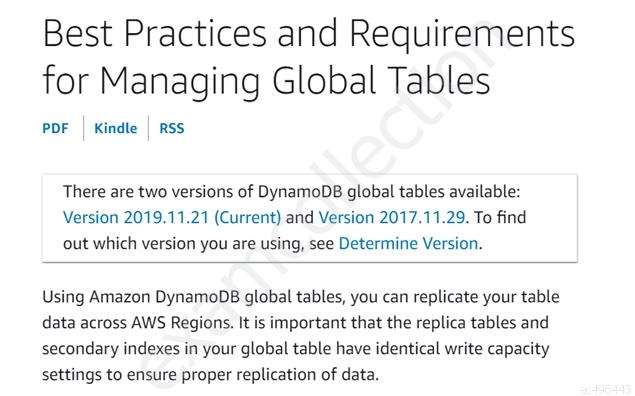A financial services company has an application deployed on AWS that uses an Amazon Aurora PostgreSQL DB cluster. A recent audit showed that no log files contained database administrator activity. A database specialist needs to recommend a solution to provide database access and activity logs. The solution should use the least amount of effort and have a minimal impact on performance.
Which solution should the database specialist recommend?
A. Enable Aurora Database Activity Streams on the database in synchronous mode. Connect the Amazon Kinesis data stream to Kinesis Data Firehose. Set the Kinesis Data Firehose destination to an Amazon S3 bucket.
B. Create an AWS CloudTrail trail in the Region where the database runs. Associate the database activity logs with the trail.
C. Enable Aurora Database Activity Streams on the database in asynchronous mode. Connect the Amazon Kinesis data stream to Kinesis Data Firehose. Set the Firehose destination to an Amazon S3 bucket.
D. Allow connections to the DB cluster through a bastion host only. Restrict database access to the bastion host and application servers. Push the bastion host logs to Amazon CloudWatch Logs using the CloudWatch Logs agent.
Which solution should the database specialist recommend?
A. Enable Aurora Database Activity Streams on the database in synchronous mode. Connect the Amazon Kinesis data stream to Kinesis Data Firehose. Set the Kinesis Data Firehose destination to an Amazon S3 bucket.
B. Create an AWS CloudTrail trail in the Region where the database runs. Associate the database activity logs with the trail.
C. Enable Aurora Database Activity Streams on the database in asynchronous mode. Connect the Amazon Kinesis data stream to Kinesis Data Firehose. Set the Firehose destination to an Amazon S3 bucket.
D. Allow connections to the DB cluster through a bastion host only. Restrict database access to the bastion host and application servers. Push the bastion host logs to Amazon CloudWatch Logs using the CloudWatch Logs agent.

